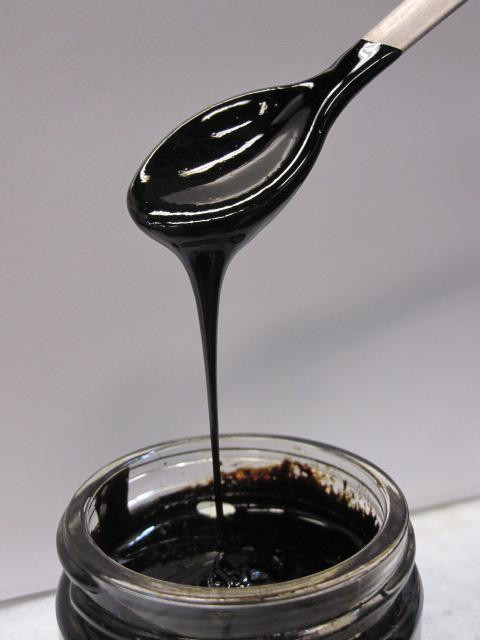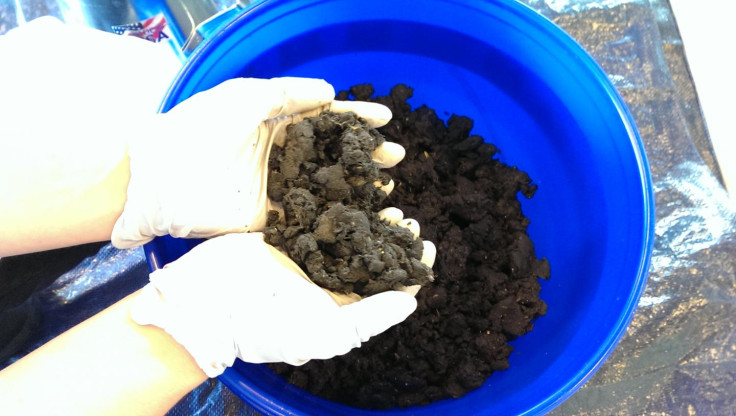Poo power: What we flush down the toilet could now become jet fuel
The process of making fuel from poo mimics the way fossil fuels form in the ground.
Researchers at the US Department of Energy have found a way to turn sewage sludge into biocrude – a renewable source of energy very like the fossil fuel crude oil. The technology is being developed at wastewater treatment plants to try to make use of the fuel we flush down the toilet.
The technology – called hydrothermal liquefaction – is based on the processes in the Earth's crust to produce crude oil.
The sludge goes into a tube that is hot and pressurised to about 360 ˚C and 300 pounds per square inch – nearly 100 times more pressurised than a car tyre. "When the organic material in the water is subjected to those kinds of conditions they start to break apart," Corinne Drennan, who is responsible for bioenergy technologies research at the department's Pacific Northwest National Laboratory, told IBTimes UK.
Researchers at PNNL have been working to develop the method for decades. In the past six years, the research has really taken off to become viable, Drennan says.
"When you think about biomass in general and the oxygen in it, it makes it extremely reactive," she says. The result of the process is a mixture of solids in the form of tar and two liquids – a watery layer and a layer of biocrude that can be distilled to make fuels. "The best thing about this process is how simple it is," says Drennan. "The reactor is literally a hot, pressurised tube."

We flush a lot of energy down the toilet, including high-energy fats, Drennan says. As well as being a source of carbon, they help to keep the machinery of the system working smoothly. "The fats or lipids appear to facilitate the conversion of other materials in the wastewater such as toilet paper, keep the sludge moving through the reactor and produce a very high quality biocrude that, when refined, yields fuels such as gasoline, diesel and jet fuels," she says.
How much poo?
34 billion gallons: the amount sewage produced a day in the US
30 million barrels: the amount of biocrude that this could produce
3 gallons: the estimated amount of biocrude a single person could generate a year
(Source: PNNL)
The research has been picked up by Genifuel Corporation – which has won the license to use the technology – and Metro Vancouver, an association of more than 20 local authorities in British Colombia in Canada that treats wastewater.
These organisations are actively seeking funds at the moment to start running pilots for the technology, Drennan says. "This is a group of wastewater treaters and owners that get together to look at new technology to find ways to improve their emissions. They're well positioned to take some risks."

© Copyright IBTimes 2025. All rights reserved.






















